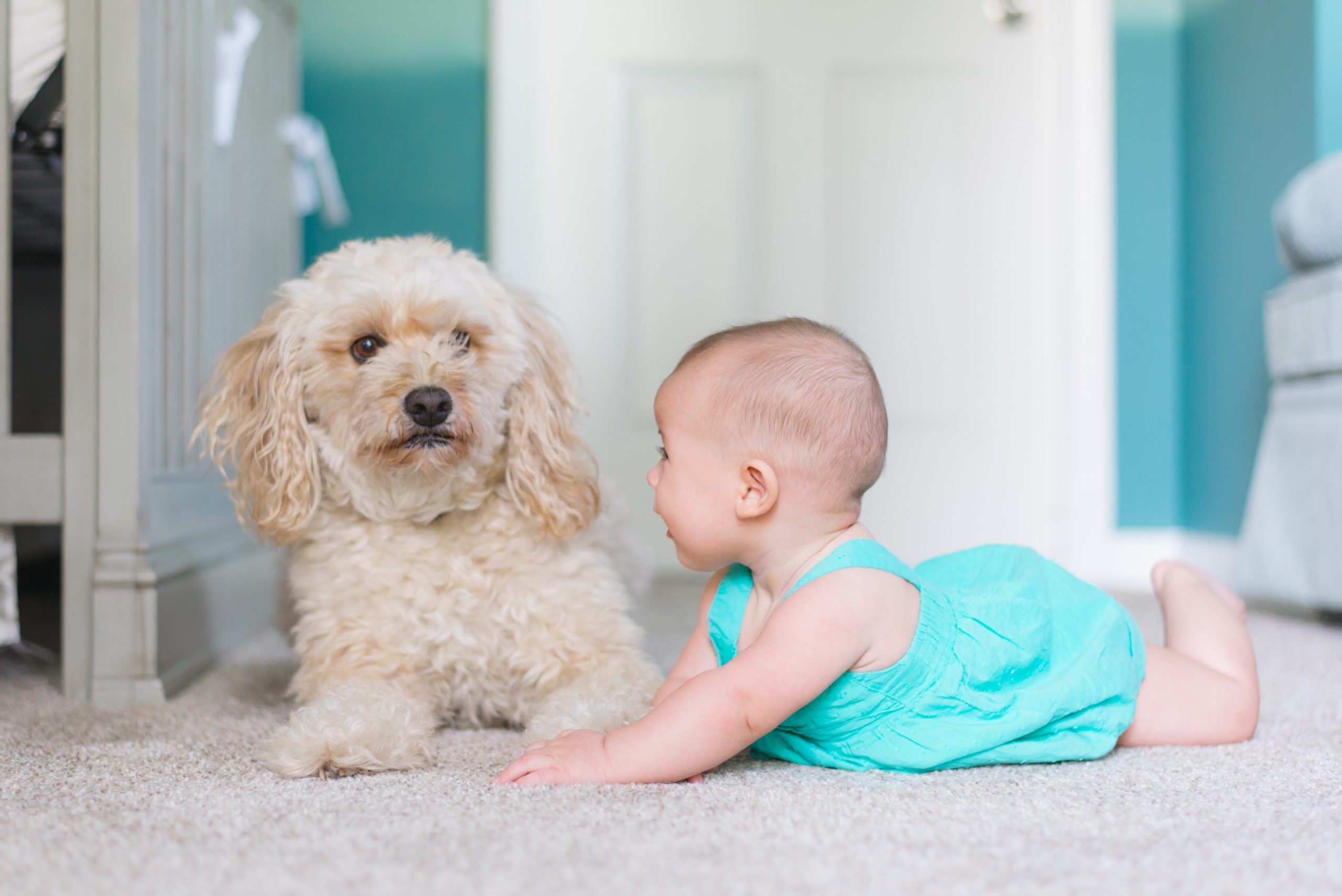In my previous post, I covered the beginning and fundamental building blocks of what talking looks like in the earliest months. I left off discussing babbling, which is always an exciting milestone for parents! As a refresher, babbling is when a child starts to string together consonant and vowel sounds. It usually takes place as early as 6 months of age and as late as 11 months of age.
Types of Babbling
1.) Reduplicated babbling – An infant repeats the same consonant and vowel combination over and over. Examples would be: “Ma-ma-ma-ma”, “Da-da-da-da-da”, “Goo-goo-goo-goo.” This is considered to be the first phase of babbling. So, when can you expect to hear these types of sounds come out of our little one’s mouths? Usually around 6-8 months of age is when they start producing these consonant-vowel strings.
2.) Variegated babbling – This occurs when a child starts to put different consonant and vowel combinations together. So if a child can say “ma” and “da”, then he would be able to put them together to say “ma-da-ma-da-ma-da”. This requires quite a bit of thought and planning when it comes to fine motor skills and typically comes after reduplicated babbling. You can anticipate seeing this milestone between 10 and 12 months of age, maybe a little earlier or maybe a little later depending on your kiddo! Sometimes parents will see babbling and variegated babbling emerge fairly close together. Once he or she reaches this point, your little one is very close to producing his or her very first word!
LET’S WATER THE SPONGE!
So you’re at home reading this, maybe sipping some coffee if it’s early or wine if it’s later (you deserve it!), and you’re scratching your head thinking, “My little Jack-Jack is NINE months old now and I haven’t heard him babble! Should I panic? Should I call my pediatrician? What can I do at home to support him?”
Okay, as always, first off – take a deep and calming breath. Remember that there is a range in regards to childhood development. If your Jack-Jack is nine months old and not babbling, then first take note of everything that he can do. For instance, try going through the following checklist:
- Can he make any noises?
- Is he making vowel sounds?
- Is he making consonant-vowel combinations but not yet stringing them together?
- Can he mimic your sounds? For example, when you say “da”, will he say it back to you? Or, when you say, “ah”, will he repeat it back?
- Is he looking at you when you talk?
- Does he try to mimic your mouth movements? Even if he isn’t babbling, is he pursing his lips when you say “mmm”? If so, he may be starting to commit the muscle pattern to memory before applying sound to it.
- On a scale of 1 to 10, how concerned are you? If, deep down in your parenting gut, you have that feeling (you know the one), then call your pediatrician ASAP to schedule an appointment. It is always better to err on the side of caution when it comes to speech and language development. Blogs and websites are wonderful resources, but nothing can top the 1:1 interaction with professionals!
In the meantime, here are some ideas that will probably help Jack-Jack, or Janie, at home:
1.) As mentioned in my previous post, one of the best ideas is to sing a song to your child and replace the actual words with the targeted babbling sound. Personally, I recommend “da”, “ma”, “ba”, and “pa” as starting syllables. For instance, you can use the song “Twinkle, twinkle little star” and sing, “Da-da, da-da, da-da da…” to the tune and proceed to do that for the remainder of the song.
2.) As with many areas of speech and language development, I highly recommend auditory bombardment as a method to aid in speech sound development. With this approach, you expose the child to the targeted speech syllable/babbling string as often as possible throughout the day. Try to attach meaning to it.
So, if you are working on “mama”, you could play hide-and-seek and say “Where’s mama? Mama? Maaa-maaa?” Feel free to stretch out those vowel sounds. If you are mama, then you can refer to yourself in third person throughout the day and narrate what you are doing. “Mama is making your food. Who’s making your food? Mama. Mama is. Can you say Ma-ma? Ma-ma-ma-ma-ma.” You are welcome to repeat the ma-ma-ma combination as many times as you would like during this example. Even though your child might not be saying “mama” at the moment, remember that her little brain is a sponge and that she is absorbing everything you are saying! This is why auditory bombardment is a useful tool in the home environment – it capitalizes on this very fact.
3.) Don’t be afraid to be completely silly with your little one! Your little one will learn the most from spending time with you and other adults in his or her life. In our fast-paced world, I completely understand how hard it can be to find time to get down on the ground and play with your little one. It does not have to be for long and you can always make ridiculous babbling sounds during small bonding moments, such as diaper changes!
Sometimes it is helpful to talk to your baby in baby talk. This is likely common sense and does not need to be spelled out (you can never be too careful, though!), but note that I only promote this idea for this infantile period of life, and not when children get older. An example would be when changing your little one, you could say in your mother-ease voice, “I see your toes-ee-woe-sies. I’m gonna getchyour toes-ee-woe-sies!” (As you can see, this type of speech is cute with infants but not so cute when your child is a teenager, haha!)
Another example would be just stringing together consonants and vowels for your child. So if he can say “ma” and he can say “ba” then you can help him out by saying “ma-ba, ma-ba, ma-ba” or “ba-ma, ba-ma, ba-ma” often while you play together. This combination is complete nonsense but it will help your child learn that he has the ability to move his mouth and tongue in order to produce different strings of sounds.
As always, I hope you found this post helpful! Check out my next post about bridging the gap between babbling and words. Please SHARE on social media and/or drop a comment below for feedback:



Trackbacks/Pingbacks